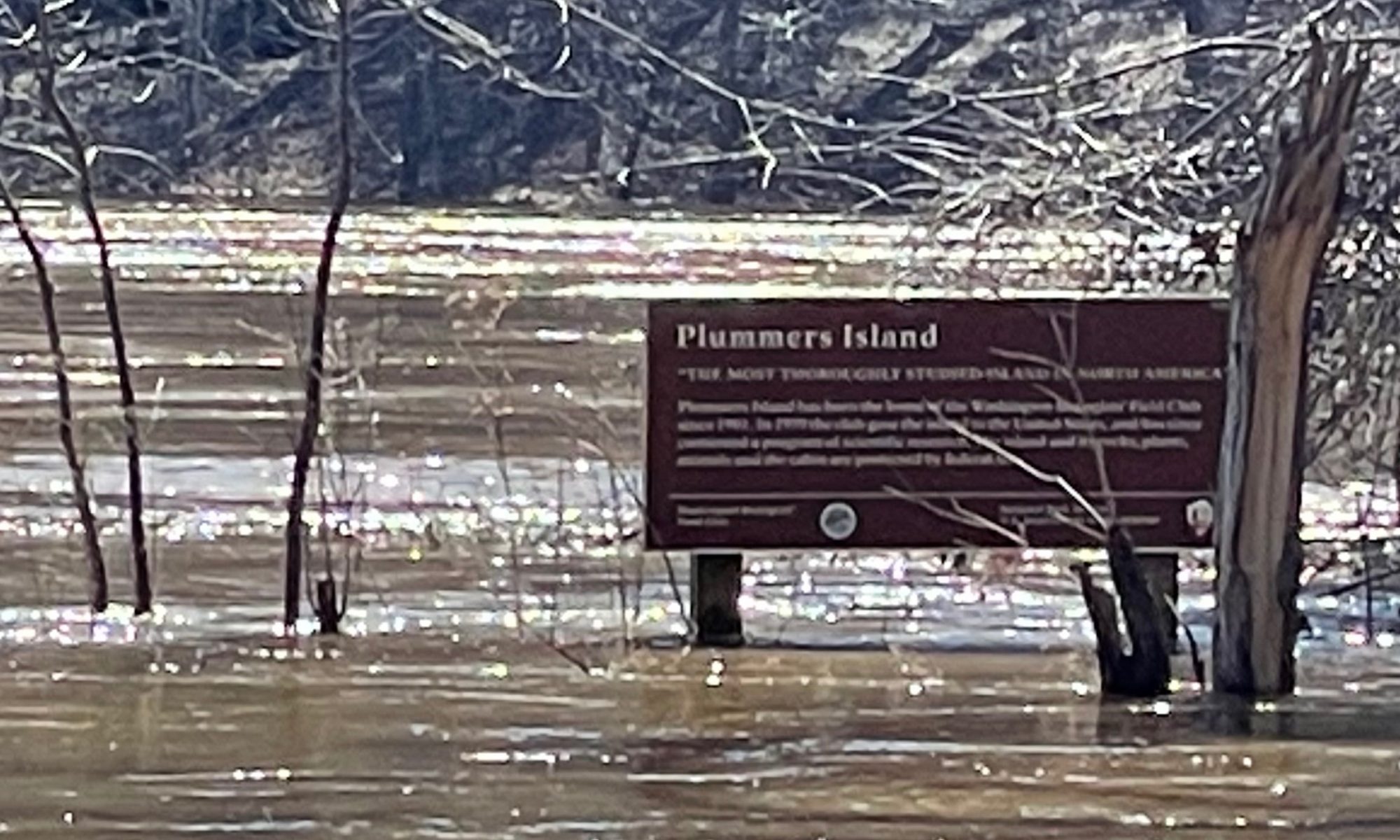
Slattery, Richard G. (Former Member)
Gates was born in Portsmouth, Ohio, on January 13, 1918. His parents and he lived there until he started school as a six-year old and the family moved to Washington, D.C. There Gates soon met the Craighead twins, Frank and John, who lived only one block away. They went to the same grammar school, and at the age of 13, he found his first arrowhead, while with Frank and John canoeing near Seneca Island, Maryland. That event was so exciting that it turned his interest to archeology to last throughout his life. His friendship with the twins continued through many Boy Scout, falconry, hunting, camping, and fishing activities.
After high school the friendship drifted apart as Gates’ interest and contacts with archeologists at the Smithsonian strengthened. Gates was offered a summer field job in archeology in Kansas and Missouri as a crew member under Dr. Waldo Wedel. This job continued for three more summers while he attended George Washington University as a part time student. George Washington did not have a major in archeology at that time, so he majored in geology, took courses in most of the other sciences, and received a BA degree.
In 1941, World War II was looming and archeology had low priority, so Gates signed up for a ten-week engineering course at Johns Hopkins University. The course ended the last of September 1941 and he was offered a job at Martin Aircraft Company in Baltimore, at seventy-five cents per hour as a final inspector on the construction of B-26 Bombers, a job Gates held until the end of the war. By that time he was a foreman, but after the big layoff of 10,000 persons he was reduced to a first class inspector. The draft was still on, so he enlisted in the Army for 18 months, most of that time was spent in the occupation forces in Japan. When his time was up Gates was discharged as a sergeant in the Army Air Corps.
Gates then was employed as a research assistant to Dr. Greg at the Geophysical Laboratory in Washington, D.C. When his agreed term of 18 months was up, he was employed as a management analyst at the Headquarters Chemical Corps and worked there until the Army reorganized and Gates was transferred to the Weapons Command Headquarters in Rock Island, Illinois, where he retired in 1973.
During that time in Washington, Gates met Marjorie Alberts on an Appalachian Trail Club hike and later married her in December 1948. They had two sons. The oldest, Bob, moved to New Mexico, and became a well-known builder of fine homes, but was tragically killed at age 53 in a truck accident on March 3, 2003. Their other son, Edwin, became a senior environmental engineer working for Stanley Consultants in the Des Moines office. Gates and Marjorie have four grandchildren.
Gates was elected a member of the Washington Biologists’ Field Club in 1961 and attended several meetings on Plummers Island. He always thought, however, that he became a member sort of through "the back door." His wife, Marjorie had a degree in biology and worked first at the Smithsonian Institution and later transferred to the Patuxent Wildlife Refuge, where she worked for Mr. Neil Hotchkiss, a botanist there and a member of the Washington Biologists’ Field Club. In the1950s, he became close friends with Mr. Hotchkiss and with others who worked at Patuxent. Since no women could join the exclusive club at Plummers Island at that time, Mr. Hotchkiss nominated Gates as a member.
In 1963, Gates was transferred to the Weapons Command at Rock Island Illinois, where he continued the same work until 1973, when he retired and became employed as an archeologist with the Office of the State Archeologist at Iowa City, Iowa. There he preformed all duties of a senior archeologist until he retired a second time with 20 more years experience of Iowa archeology behind him . Gates wrote many large reports and publications on archeology. During the 1980s, he and his wife traveled the world including 22 countries and maintained a farm of 110 acres in Wisconsin.
Although Gates lives in Iowa, he often visits the Winslow prehistoric archeological site in Montgomery County, Maryland, and keeps in close contact with the Archeological Society of Maryland. Gates and his friend, Hugh Stabler, discovered this Winslow site when they were boys and worked there in 1940 to 1941, and again in 1959 to1961. Gates visited this site with Maryland archeologists several times in 2002 and 2003.
Gates terminated his membership in the Washington Biologists' Field Club in 1973.
When visiting Plummers Island one time, he walked one of the trails to explore the island and with the eye of an archeologist he saw unmistakable evidence of previous Indian occupation. Small flakes of flint were on the ground where the previous occupants were touching up and making arrowheads or other objects. Gates never mentioned this because he thought this was too far out of the interest of the majority of biologists attending the function that day.

